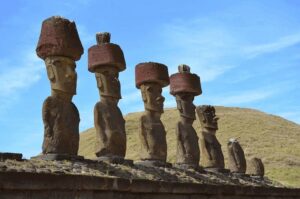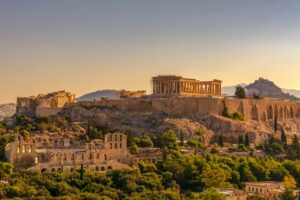Imagine walking through the bustling streets of ancient cities, marvelling at towering monuments-built thousands of years ago.
Picture yourself sitting under the shade of a banyan tree, listening to wise sages imparting ancient wisdom that still resonates today.
But hey, it’s not all glamorous palaces and mystical gurus. We’ll also uncover the harsh realities of conquests, conflicts, and cultural exchanges that shaped the course of history.
Buckle up, because we’re about to dive into a world of ancient wonders, timeless tales, and mind-blowing discoveries
So, grab a cup of chai and get ready to explore the rich tapestry of Indian civilization—one story at a time. Trust me, it’s going to be one heck of a ride!
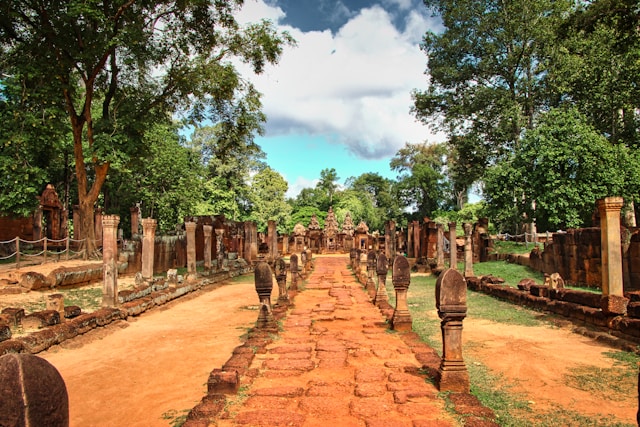
Table of Contents
ToggleIntroduction
About Indian Civilization
Indian civilization is one of the oldest and most diverse in the world, with a rich history spanning thousands of years. From the ancient cities of the Indus Valley Civilization to the vibrant cultural tapestry of modern India, the civilization has evolved through various phases, leaving a lasting impact on the world.
At the heart of Indian civilization lies its cultural heritage, which encompasses a multitude of languages, religions, traditions, and artistic expressions.
The ancient texts of the Vedas, the epics of the Mahabharata and Ramayana, and the philosophical insights of figures like Buddha and Mahavira have shaped the spiritual and intellectual landscape of the subcontinent.
Throughout history, India has been a melting pot of diverse cultures, religions, and ethnicities, resulting in a unique synthesis of traditions and beliefs. The rise and fall of empires, from the Mauryas and Guptas to the Mughals and British, have left indelible marks on Indian society, influencing its political, social, and cultural fabric.
From the architectural marvels of the Taj Mahal and Qutub Minar to the intricate dance forms of Bharatanatyam and Kathak, Indian civilization is a testament to human creativity and ingenuity.
Despite its ancient roots, Indian civilization continues to evolve and adapt to the challenges of the modern world. With a burgeoning economy, a vibrant democracy, and a dynamic cultural scene, India remains a beacon of diversity and resilience in an ever-changing global landscape.
Origin of Indian Civilization with timeline
Let’s delve into the origin of Indian civilization with structured data and chronological detail:
1. Indus Valley Civilization (3300 BCE – 1300 BCE):
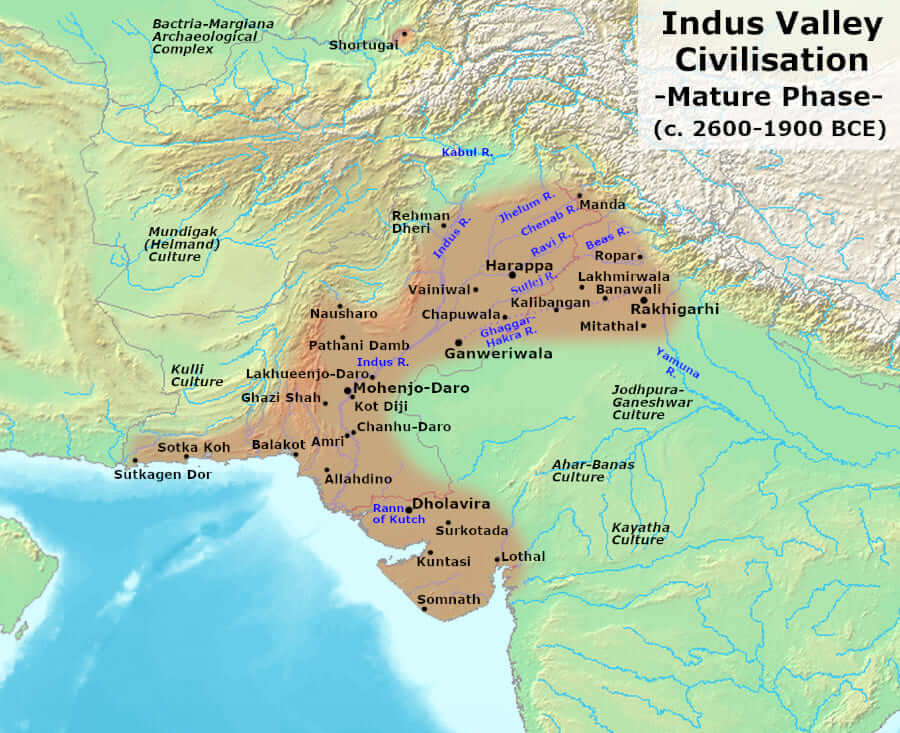
- The Indus Valley Civilization, also known as the Harappan Civilization, flourished in the fertile plains of the Indus River Valley, encompassing present-day Pakistan and northwest India.
- Major cities such as Mohenjo-Daro, Harappa, and Dholavira emerged as urban centers with advanced infrastructure, including well-planned streets, brick houses, and sophisticated drainage systems.
- Archaeological findings reveal evidence of a complex society engaged in agriculture, trade, and craftsmanship, with trade networks extending to Mesopotamia and other regions.
- The Indus script, yet to be deciphered, is found on seals and artifacts, indicating a developed system of writing.
- The civilization declined around 1900 BCE, possibly due to environmental factors, such as climate change or tectonic shifts, and socio-political upheaval.
2. Vedic Period (1500 BCE – 500 BCE):

- The Vedic period is associated with the Indo-Aryan migration to the Indian subcontinent, bringing with them the Sanskrit language and Vedic literature.
- The Rigveda, one of the oldest religious texts in the world, is composed during this period, reflecting the religious and social beliefs of the Indo-Aryans.
- Society is organized into tribal communities known as Janapadas, with a focus on pastoralism, agriculture, and religious rituals.
3. Maurya Empire (322 BCE – 185 BCE):
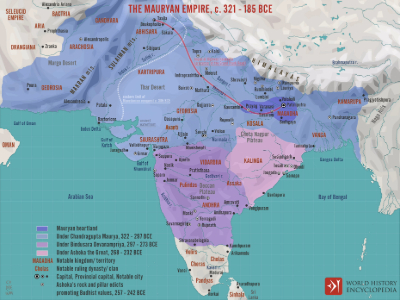
- Founded by Chandragupta Maurya, the Maurya Empire becomes the first centralized state in India, encompassing much of the Indian subcontinent.
- Chandragupta’s grandson, Ashoka the Great, expands the empire and promotes Buddhism as a state religion, advocating for moral principles and non-violence.
- The Maurya Empire leaves a legacy of centralized administration, extensive trade networks, and the spread of Buddhism across Asia.
4. Gupta Empire (320 CE – 550 CE):

- The Gupta Empire is characterized as the “Golden Age” of Indian civilization, marked by advancements in art, science, mathematics, and literature.
- Under rulers such as Chandragupta I and Samudragupta, the Gupta Empire experiences a period of unprecedented prosperity and cultural flourishing.
- Notable achievements include the development of the decimal numeral system, the concept of zero, and the Sanskrit epics, Ramayana and Mahabharata.
5. Medieval Period (6th century CE – 16th century CE):
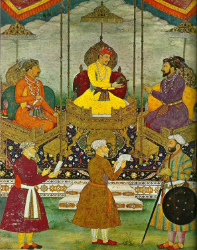
- The medieval period sees the rise and fall of various dynasties and kingdoms, including the Chola, Chalukya, and Vijayanagara Empires in the south, and the Delhi Sultanate and Mughal Empire in the north.
- Islamic influence spreads with the arrival of Arab traders and the establishment of Sultanates in India, leading to the synthesis of Hindu and Islamic cultural elements.
- Architectural marvels such as the Qutub Minar, Taj Mahal, and Red Fort are constructed during this period, showcasing the fusion of Indian and Islamic architectural styles.
6. Colonial Period (16th century CE – 20th century CE):
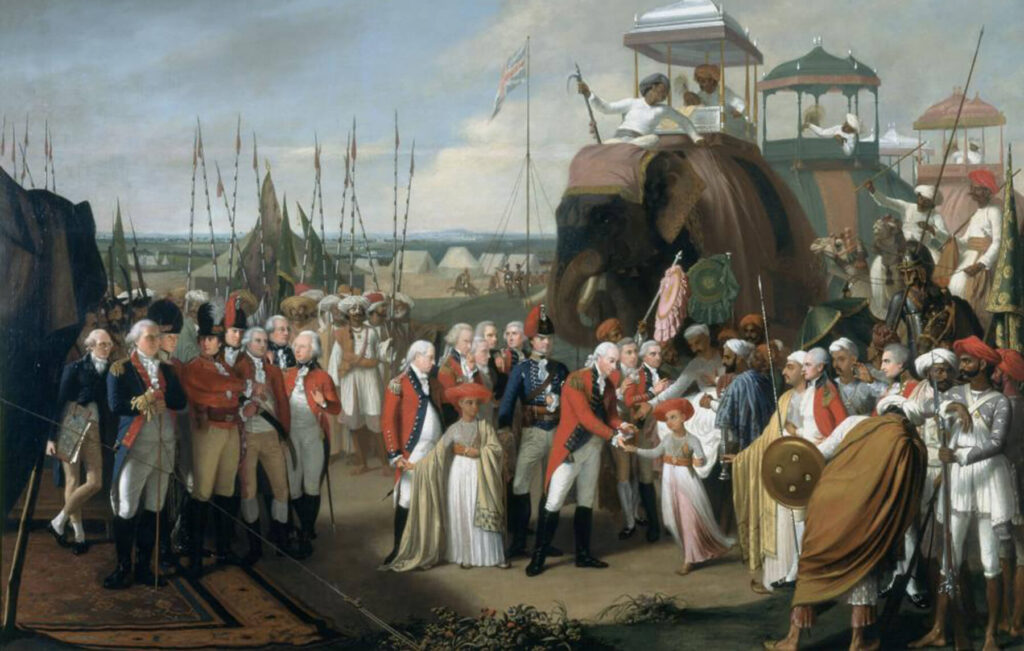
- European powers, including the Portuguese, Dutch, French, and British, establish trading posts and colonies in India, leading to centuries of colonial rule.
- The British East India Company gains control over vast territories, exploiting India’s resources and economy for colonial interests.
- The Indian independence movement gains momentum in the 20th century, leading to India’s independence from British rule in 1947 and the subsequent partition of India and Pakistan.
7. Modern India (20th century CE – present):
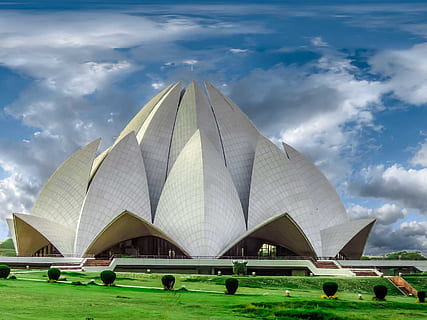
- Independent India adopts a democratic constitution in 1950, becoming the world’s largest democracy.
- Economic reforms in the 1990s lead to rapid industrialization and globalization, transforming India into a major player in the global economy.
- India’s cultural heritage, religious diversity, and technological advancements continue to shape its identity as a vibrant and dynamic civilization in the modern world.
This structured chronology outlines the key milestones and developments in the origin and evolution of Indian civilization, highlighting its rich cultural heritage, socio-political changes, and contributions to human civilization over millennia.
What are the most significant qualities of Indian civilization?
- One of the most significant qualities of Indian civilization is its remarkable cultural diversity and pluralism. Throughout its long history, India has been home to a multitude of languages, religions, traditions, and ethnicities, coexisting and interacting in a dynamic and vibrant tapestry of diversity.
- This cultural diversity is evident in various aspects of Indian life, including language, cuisine, music, dance, art, architecture, and religious practices. India is home to numerous languages, with Hindi and English being the official languages, and a rich literary tradition spanning thousands of years in languages such as Sanskrit, Tamil, Bengali, and Urdu.
- Religiously, India is the birthplace of several major world religions, including Hinduism, Buddhism, Jainism, and Sikhism, as well as being home to significant minority communities such as Muslims, Christians, Jews, and others. This religious diversity has contributed to a rich tapestry of rituals, festivals, and philosophical traditions that continue to shape Indian society.
- Overall, the ability of Indian civilization to embrace and celebrate its cultural diversity while maintaining a sense of unity and cohesiveness is its most significant quality. This quality has not only enriched Indian society but also served as a source of inspiration and admiration for people around the world.
Who wrote about Indian civilization and culture?
Many scholars, historians, philosophers, and writers have written extensively about Indian civilization and culture throughout history. Some of the most notable authors include:
- Jawaharlal Nehru wrote “The Discovery of India,” offering insights into Indian history and culture.
- Rabindranath Tagore explored Indian culture in “Gitanjali” and “Sadhana.”
- Kalidasa’s works like “Shakuntala” provide insights into ancient Indian culture.
- Swami Vivekananda’s “Complete Works” delve into Indian philosophy and spirituality.
- Amartya Sen’s “The Argumentative Indian” discusses Indian society and identity.
- A.K. Ramanujan contributed to Indian literature and folklore understanding.
- Sarvepalli Radhakrishnan’s works explore Indian philosophy and spiritual traditions.
- V.S. Naipaul wrote “India: A Wounded Civilization” and “A Million Mutinies Now.”
- Wendy Doniger’s books delve into Indian mythology, religion, and culture.
- Ananda Coomaraswamy explored Indian art and symbolism in his works.
Frequently Asked Questions
What is the difference between civilization and history?
In summary, civilization refers to the complex societal structures and achievements of human societies, while history encompasses the broader study of past events and developments, including those within civilizations.
Which civilization laid foundation of the ancient indian civilization?
The foundation of ancient Indian civilization was laid by the Indus Valley Civilization, also known as the Harappan Civilization, around 3300 BCE.
How is indian civilization different from European civilization?
Indian civilization is influenced by religions like Hinduism, Buddhism, and Jainism. European civilization is shaped by Christianity and the Enlightenment. Colonialism impacted both civilizations differently.
Conclusion
So, let’s wrap up our journey through the history of Indian civilization. Picture this: we’ve taken a whirlwind tour through centuries of stories, triumphs, and challenges.
Now, here’s the deal: Indian civilization isn’t just about dates and facts. It’s about the people—their dreams, struggles, and incredible resilience. From the ancient cities of the Indus Valley to the bustling streets of modern-day India, each chapter tells a tale of courage and innovation.
But hey, it hasn’t always been smooth sailing. We’ve faced invasions, conflicts, and upheavals. That’s the cold truth of history. Yet, through it all, India has emerged stronger, more vibrant than ever.
So, here’s my advice: cherish the lessons of the past. Learn from the mistakes, celebrate the victories, and embrace the diversity that makes India truly unique. Because history isn’t just about the past—it’s about shaping our future.
And remember, my friend, the story of Indian civilization is far from over. So let’s keep writing it together, one chapter at a time.

